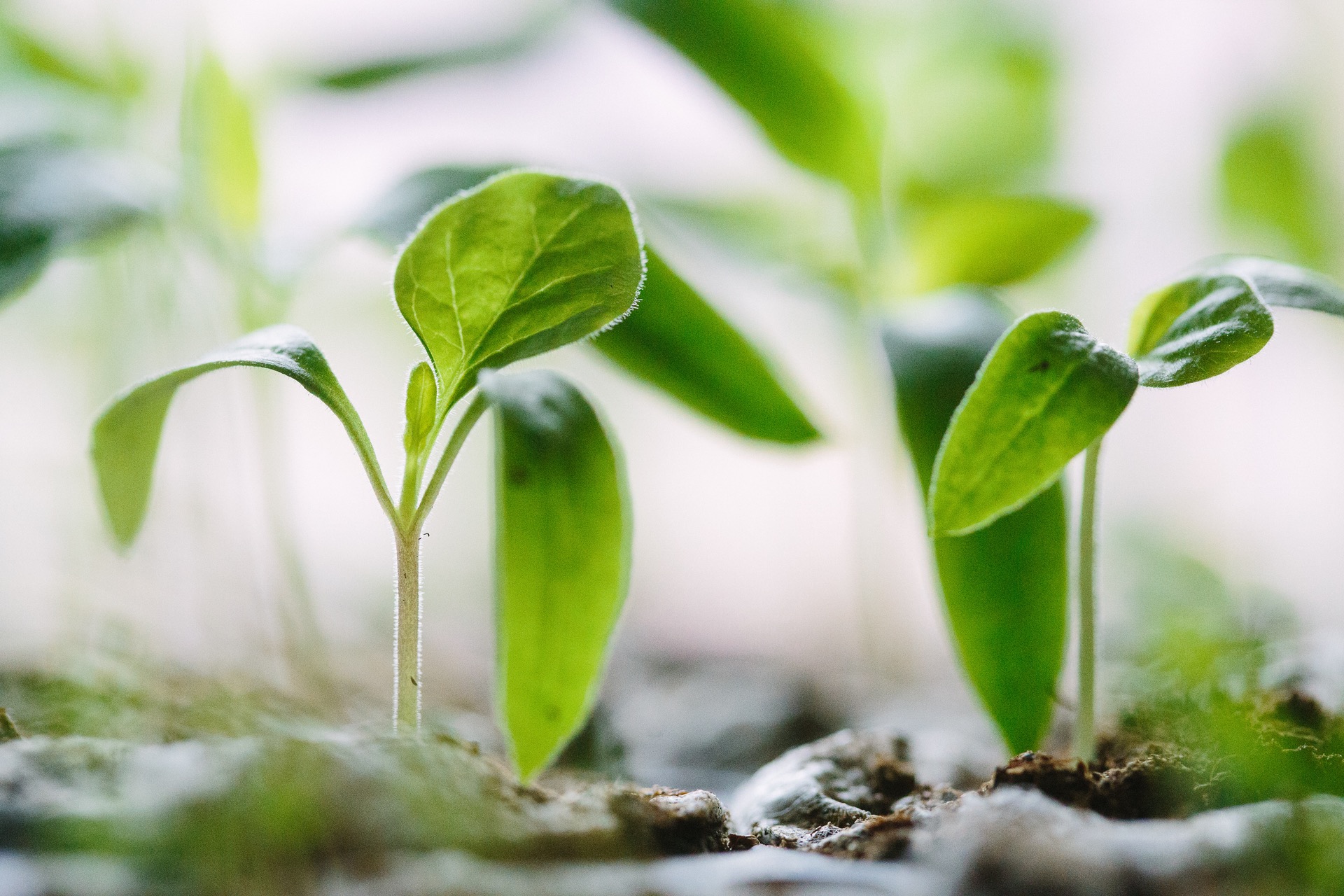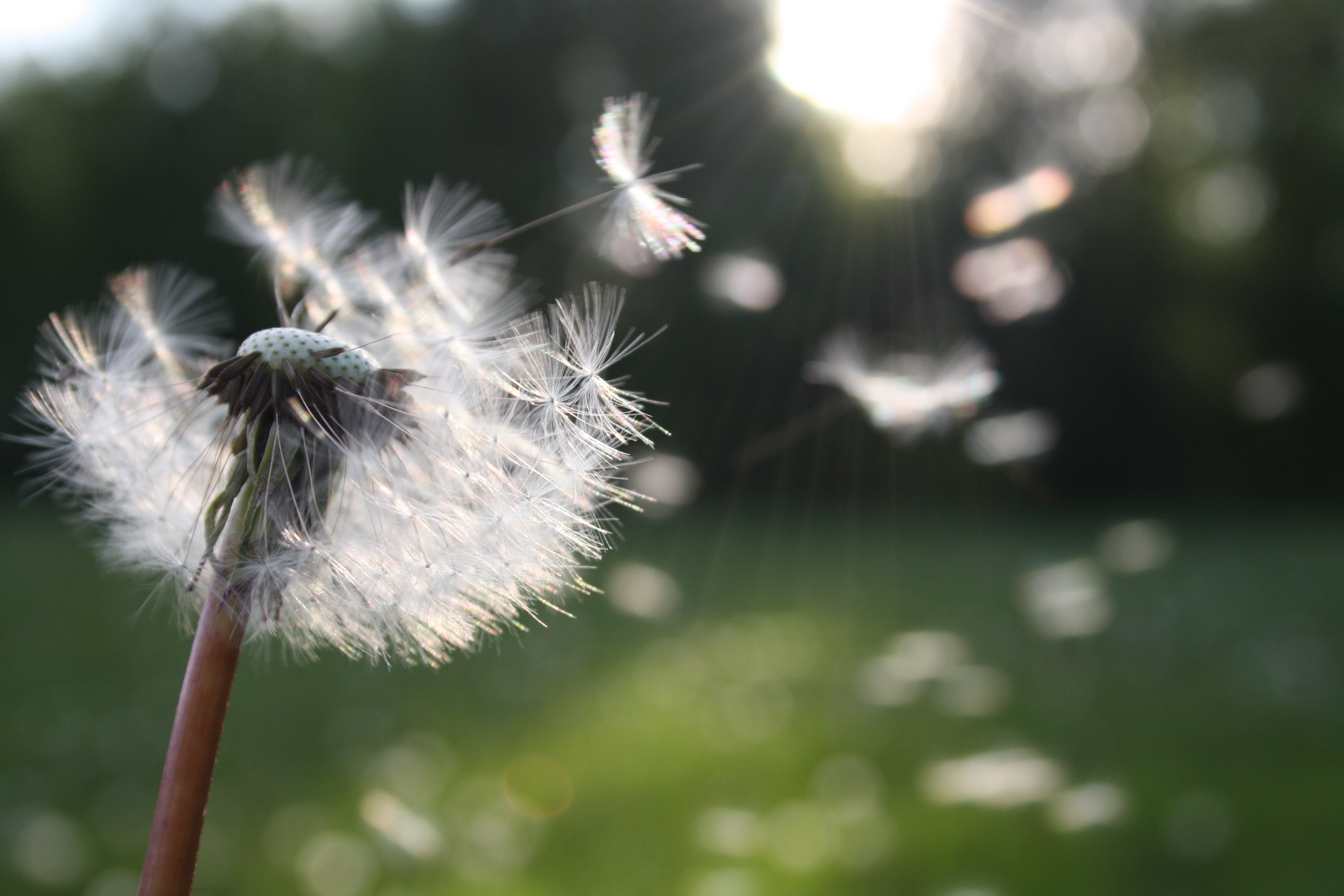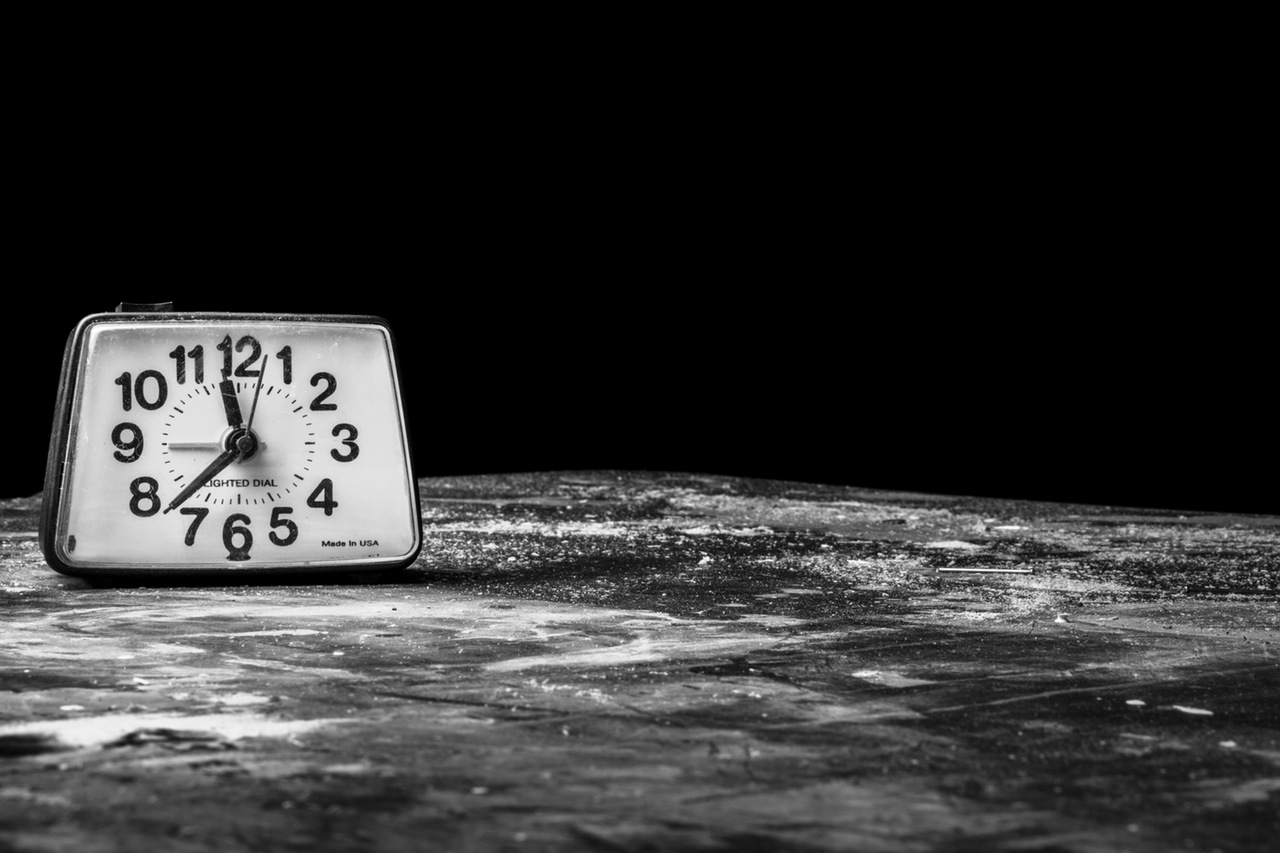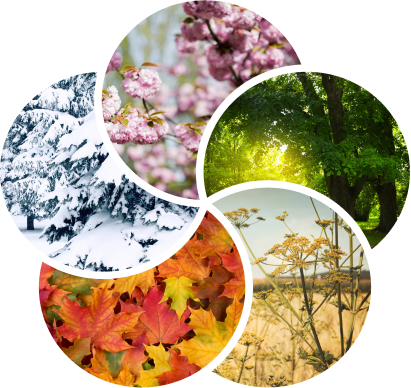Most people have positive associations with springtime.
Snow melts, the air warms, flowers bloom, plants sprout, and the wind whips through the landscape, pushing the last heavy bits of winter off of our doorstep.
Out of any season, spring transforms our environment the most.
Change, growth, and newness are embraced by the land. The inevitable forces of mother nature reshape our world and perspective day by day.
It can be a very gratifying season, in that we see the benefit of our clearing and cleansing work of the fall and storage and preservation in the winter.
If you’re a wood element person*, this is your time of year. What happens in the spring mirrors some of the deepest parts of your personality.
(*not sure what your element is? find out here!)
The traditional symbol of wood is bamboo, and it grows like gangbusters in the spring. Straight, tall, upright, and on a mission to reach higher and higher.
This strong, forthright, and sometimes intense energy influences our moods, behavior, and even aspirations.
The seasons are deeply engrained in us, and the more we pay attention to the landscape outside, the more we’ll start to understand how it mirrors our internal environment.
Chinese medicine makes a comprehensive study of how the natural world influences us.
Each season has many correspondences, and learning about them can help you gain insight into things like your best time of year for making new moves, staying put, feeling most in tune with yourself, or the most challenged.
So let’s dive into these correlations and learn about what spring can do for you!
| Element | Wood |
| Movement | Outward |
| Stage of Development | Birth/growth |
| Climate | Wind |
| Smell | Rancid |
| Color | Green |
| Taste | Sour |
| Organs | Liver, gallbladder |
| Time of Day | Gallbladder: 11PM - 1AM
Liver: 1AM - 3AM |
| Emotion | Frustration, anger |
| Sound | Shouting |
| Tissue | Tendons, sinews |
| Sense Organ | Eyes |
| Fluid | Tears |
That’s a lot of stuff!
Organs? Time of day? A taste?
Yes, it’s all true. Fascinating, right?
Let’s see what they all mean.
Movement: Outward
The movement of spring is outward.
It’s easy to imagine new sprouts cracking through the shell of their seed, pushing out in every direction, reaching through the soil toward the light.
New leaves unfurl in every direction, opening themselves to the sun.
The energy of spring is the least organized of any season in the beginning. At other times of the year, it’s focused in one very specific direction: up, down, in, or centered.
But outward could be any direction, and it’s valuable to realize that the spirit of this season can feel a bit jarring or unconsolidated. There’s always movement and growth happening, but it might not have coalesced into anything pointed yet.
As the season wears on, a definite direction develops. Just like a tiny sprout learning to reach for the sun, the energy of spring finds a path.
The outward energy feels new and exciting, compared to the heavy, downward, and insular energy of winter. We embrace this expansion of our world, but need to be careful that we don’t follow every new, budding thread.
The outward energy of spring is forceful. We can feel pulled or dragged along with it as the last of the winter slowness slips away. The push we feel can be very motivating and energizing, but it can also aggravate us if not tempered.
Dr. Liz Tip:
- Enjoy the outward push of the season and ride the wave by engaging in outdoor activities, attending more social gatherings, or finding new hobbies. This is the perfect time of year to explore and discover new things that you love, or pick up a thread you started from last year.
- Spring is ideal for really digging into your New Year’s Resolutions. I know, I know, it’s about 3-4 months late, but you’ve got a whole year to work on them! Winter is a great time for planning them, and with the new outward energy of spring, you’re more likely to be able to move into the execution stage. You’re naturally more motivated to open up, learn, grow, and discover, which are all necessary for a commitment to a new goal.
Stage of Development: Birth/Growth
The stage of development of the spring is birth and/or growth.
We certainly see this all around us in the spring. Plants pop up through the soil, and even sometimes crack in the pavement, orienting themselves to the sun and their new life.
The shift in seasons creates this outward rising of energy, allowing new life to bud out and make its way into the world.
This new growth doesn’t necessary know what it’s doing or where it’s going, it just has an innate drive to survive and flourish. This drive lends itself to birthing new ideas and innovations in the springtime.
We need this inexplicable push to tackle all of the new projects that seem to pop up around this time of year.
Or maybe we finally have the motivation to take on a few things that have been languishing on the back burner.
We embrace change more readily in this season, because it’s an essential part of the growth process. Suddenly decisions that held us up for weeks or months are made quickly and energetically, and the proverbial ball gets to rolling.
A great amount of creativity is sparked with growth. New experiences beget constant decisions, which create more growth and more possibilities. It’s an exciting time of year to allow innovation to bud out of all parts of you and see what becomes of it.
Dr. Liz Tips:
- We’re naturally inclined to enjoy more change this time of year, so look for opportunities to naturally open your life to it. Is there something that you feel has been missing? This is a great moment to incorporate it. A new hobby, a new relationship, a new job. Because everyone is in this state of mind, it’s the easiest time to form new connections or make leaps in your professional life.
- Let the creative process run wild in your life. Everyone is creative, no matter what your preconceived notions about yourself are. In fact, from a biological perspective, we were born to create. This plays out on deep mental and emotional levels as well. We’re driven to do it, especially in the spring, so find ways to channel it in yourself. Oftentimes journaling is a simple place to start. You’ll be surprised at what comes out after a few days of consistently journaling.
Climate: Wind
The climate of the spring is wind.
I think we can all relate to those blustery first days of spring, shooing out the remaining tendrils of winter and ushering in freshness.
Wind is incredibly dynamic, just like the season of spring. It can be charming and calm as a light breeze, or it can be so intense it rattles our windows. Not only that, it’s unpredictable.
The wind reminds us that much is out of our control in this season, and we need to adapt and change. We have to have flexibility to deal with this strong and erratic force, otherwise it’ll knock us down and go on about its business, nonchalant as ever.
It’s both exhilarating and annoyingly chaotic in that it can augment our desire for growth and change, or aggravate us through overstimulation and eventually stagnation where we grin and bear it just to make it through.
Frustration and anger may bubble up more easily when an uncomfortably brisk breeze smacks us in the face, then leaves as quick as it appeared.
Wind is an indelible reminder for us that change is here and there’s nothing we can do to stop it.
Dr. Liz Tips:
- Even though the sun is out more, the wind makes the air chilly and uncomfortable. Make sure to wear enough clothing and consider keeping the back of your neck covered with a hood, collar, or scarf. Chinese medical theory believes that pathogens enter the body through the Wind Gate, which is at the base of your neck. Keeping it covered protects this vulnerable area from climatic factors, which influence our immune system.
- Realize that just as the wind makes the trees appear restless, it also has this effect on people. Sometimes uneasiness sets in as well, which can easily lead to more irritation and anger. Be aware that your emotions might trend this way and take a moment before you respond too quickly or tersely to friends, colleagues, or loved ones.
Smell: Rancid
The smell of the spring is rancid.
You thought it would be something pleasant and sweet like flowers, didn’t you?
I don’t blame you. It would certainly be more appealing, than, say, rancid.
Well, Chinese medicine has its own smell agenda, thank you very much.
In the Western world, we think of rancid as fat that’s no longer fresh, like butter that’s gone bad.
The idea in Chinese medicine is similar, but not quite the same. Think of freshly mown grass, but soured.
Or dried chives, which are also a bit sour.
The Chinese character for the word rancid means the odor of animals and urine. So there’s that.
It’s an intense smell that is sharp and makes people wrinkle their noses.
Dr. Liz Tip:
- While this rancidity might not be the most pleasant thing you’ve ever smelled (ok, definitely not the most pleasant thing you’ve ever smelled), if you happen to catch a whiff of it, remind yourself that it’s a necessary part of the cycle of life. Not all new growth makes it to the abundance of summer and late summer. Some of it has to sour and die off for balance to occur and life to flourish.
Color: Green
The color of the spring is green.
Well, yeah, Dr. Liz. That is pret-ty obvious.
Just like the rest of this not-so-subtle season, the color green smacks you in the face with its prolific appearance after the stark winter. It’s everywhere all at once, and it doesn’t stop until 4-6 months later when fall rolls in.
We can easily see why we associate green with newness, freshness, life, and health. Green equates to growth and vitality.
We even have colloquial phrases in our language about the color green.
Someone who is new to a job or skill is called “green”.
We’ve also heard of “green with envy”, commenting on jealous feelings. Generally, jealousy is born out of resentment and anger, which definitely falls in line with dominant emotions for this time of year.
Dr. Liz Tip: Consider what’s “green” in your life right now. What’s new, fresh, and exciting? Or what do you want to be? This is the perfect time of year to bring more green into your life.
Taste: Sour
The taste of spring is sour.
I think the easiest way to relate to sour is through citrus. We’ve all had a bit too much lemon or lime at one point in our lives.
Confession: when I was little, I would suck on lemon wedges. Weird, yes. But looking back now through the lens of Chinese medicine, I think I was trying to soothe my liver! So interesting what our cravings steer us towards as children.
Anywho, we all know that puckering sensation that happens when we eat sour foods, followed up by a dryness in our mouth afterwards.
This is the astringent quality of sour foods. They can pull out excess fluid, as well as help to tighten up the tissues so leakage is prevented.
Astringent herbs are used often in cases of hemorrhoids, excessive menstrual bleeding, or even as your facial toner (witch hazel, anyone?).
Their sharp taste cuts through heavy, greasy foods which are more common place in winter.
Sour foods can be like a slap in the face: invigorating but kinda unpleasant. Again, spring hits us with its not so delicate temperament.
Dr. Liz Tips:
- Try a little lemon in your water first thing in the morning. The sour taste helps to move the liver qi (or energy) and wake up the digestive tract. Spring is a great time to try this out!
- How do you feel about sour foods? Do you love them? Hate them? Or are you neutral? A strong affinity for or dislike of sour foods can indicate an imbalance in the wood element or liver.
- Citrus can be a lovely, gentle facial cleanser and toner. Try a slice, taking care around your eyes and nose, and see what you think. It’s less harsh than witch hazel, and the natural oils in the peel can be great for the skin.
The foods and spices listed below all have some sour quality. Try to notice this the next time you are eating them!
Foods |
Spices/Herbs |
| citrus | dill |
| raspberry | hawthorn berry |
| black/tart cherry | sour jujube fruit |
| blackberry | coriander seed |
| sour grape/plum | carob |
| mango | juniper |
| leek | purslane |
| pickled vegetables | tamarind |
| sauerkraut | kava |
| adzuki beans | cleavers |
| quinoa | raspberry leaf |
| vinegar | shepherd’s purse |
| black currant | |
| rose hips | |
| olive | |
| tomato | |
| cheese | |
| yogurt | |
| sourdough bread | |
| sorrel | |
| rhubarb |
Organs
In Chinese medicine, organs not only have physical functions (which in some cases are similar to, but not the same as Western functions), but mental, emotional, and spiritual ones.
And each season and element in Chinese medicine have organs associated with them.
Let’s take a look at the two organs that correlate with spring.
Gallbladder
The gallbladder in Chinese medicine is the decision maker for the body, mind, and spirit. From physiological decisions throughout the body like hormonal releases and secreting bile to mental and emotional judgmental calls, the gallbladder is behind it all.
When you move out of the way on the sidewalk for another person, choose to leave your job, or pick out fish for dinner at the grocery store, all of this is the work of the gallbladder.
In Western medicine, the gallbladder is often looked as a throw-away organ; one that isn’t essential for life. From a Chinese medicine standpoint, this is totally absurd. Each organ performs vital functions, and the gallbladder most definitely does!
Another way to look at the gallbladder’s function is regulation. It works to keep us in a healthy state of balance, preventing us from dipping into extremes by making micro adjustments across the long journey of life.
When the gallbladder is dysregulated, we lose our ability to discern and make judgments. We become timid, lacking self-assertion and determination.
Determination is a direct result of a balanced gallbladder, and without it, we lack the ability to move forward with our lives.
Dr. Liz Tips:
- Gallbladder energy can be very weak in those who consider themselves mediators. These types of people often want to make everyone happy, and in doing so, place themselves in constant indecision. It’s an impossible task, but the gallbladder tries to resolve this indecision anyway. Over time, it can erode the gallbladder’s energy, leading to physical pathology, like stones. Mentally and emotionally, timidity and chronic indecision in all areas of life take hold. Revive that gallbladder by focusing on your own needs rather than everyone else’s.
- I’ve mentioned before that Western medicine and Chinese medicine concepts of organs overlap, but can be very different. So….what happens when you remove the gallbladder? What’s really fascinating is that it does affect one’s pulse from a Chinese standpoint. If you’ve ever had acupuncture, you know that your practitioner will take your pulse before putting the needles in to get a read on the energy of your organs. When the gallbladder has been removed, the gallbladder pulse is empty. Fascinating, right? Hold on to that gallbladder! It does great work!
Liver
In Chinese medicine, the liver is the general of the body, mind, and soul. If that sounds intense, it should.
Generals are strict, structured, great planners, and effective action takers.
They see the big picture, don’t lose the forest for the trees, are strong and forceful, and devise many strategies in order to ensure they achieve their goal.
This is your liver in a nut shell.
If you’ve got a project or a plan, your liver is the driving force behind getting you to your ultimate goal.
It’s easy to see how the liver and gallbladder complement each other. The liver plans and the gallbladder executes.
The liver is always striving for what’s beyond that initial goal. What’s next? And next?
This is wonderful for the growth energy that makes up the spring. The liver is always looking ahead with a clear vision, hungry for the next challenge.
Dr. Liz Tips:
- That strong liver energy loves to keep rolling forward and it can get addicted to planning and progress. Sometimes this constant press overshadows the actual organic process of reaching a goal, which isn’t linear. The liver and gallbladder can try to push plans into existence too soon just for the sake of moving forward. Check in with yourself and ask what the true motivation of your actions are. Is it just for progress, or have your plans been carefully considered?
- We know that the liver energy manifests strongly in the eyes, and when balance is lost, our ability to see clearly mentally, emotionally, and physically vanishes. Big dreams on the horizon evaporate. And from a physical standpoint, the lens of your eye has to be flexible in order to focus properly. When the liver becomes inflexible in its plans and goals, so does the lens, leading to vision issues.
Time of Day
In Chinese medicine, every 2 hour period on the clock is associated with a different organ.
Let’s check in with the wood organs and see where they fall during the day and what that means for you.
Organ |
Highest Energy |
Lowest Energy |
| Gallbladder | 11PM - 1AM | 11AM - 1PM |
| Liver | 1AM - 3AM | 1PM - 3PM |
Any time of the year, but particularly in the spring these organs can be over or under active.
11PM - 1AM is a time where many people feel they get a second wind. Wood element energy comes rushing in, which is forceful, motivating, and pushing us to achieve our goals.
This can be a particularly creative time of night. Usually other responsibilities have wrapped up and we're free to do as we please.
Many critical decisions can be made between 11PM - 1AM if the gallbladder energy is strong. If it’s weak, this is the worst time to try to make decisions.
Many deep or difficult relationship conversations can occur during this time. But if a fight has occurred with a lot of anger, it’s likely that the gallbladder energy is spent and you won’t be resolving anything.
Wood element people feel great at this time of night, and they’re usually night owls.
It’s very difficult to shut off that creative spark and go to bed.
The liver is at its peak energy between 1AM - 3AM. This is a very common time people struggle with insomnia.
They wake with their mind racing, planning and organizing the next day.
It’s also common for people with blood sugar issues, or those who eat a late and heavy dinner to wake during this time. The liver works hard to store all of that extra blood sugar, and many people experience a drop between 1AM - 3AM when the liver is doing all of its heavy lifting.
The liver is at its weakest between 1PM - 3PM. Some people will feel a slump in energy or be in a low mood, and are more likely to get angry or frustrated. Sometimes a heavy lunch will make this worse.
Dr. Liz Tips:
- 11PM - 1AM can be the more restful hours of sleep. If you can, wind down around 10-10:30PM. By 10:30PM, some of the gallbladder energy is rising and your planning and decision-making drive might start creeping in. On the other hand, own this time of night if your schedule allows. It’s often very productive and rewarding.
- Be mindful of what you’re eating between 11AM - 1PM. The gallbladder releases bile to help digest fats, and if the energy is low, it could be very difficult to do that well at this time. I love encouraging people to eat lots of good fats, so consider eating a later lunch or just lightening up on the fat between 11AM - 1PM.
- If you wake between 1AM - 3AM with your mind racing, try gently distracting your brain with a simple task like counting sheep or paying attention to your breathing. This gives the liver a process to focus on, but is simple enough it will help that intense energy to slow down and allow you to fall back asleep.
- Avoid eating large or heavy meals before bed. Leave at least 3 hours between eating and bedtime and make sure your last meal includes protein. This will help to stabilize your blood sugar overnight.
- Avoid alcohol between 1PM - 3PM when the liver is at its weakest.
- If you have a heavy lunch, consider adding sour foods to help the liver.
Emotion: Frustration, anger
The emotion of the spring and the wood element is frustration and anger.
When the general gets out of control, s/he doesn’t curl up in a corner and sulk, s/he barks orders at the nearest minion and soldiers on to get the job done.
Frustration and anger live near the surface for wood element people, and for everyone else in the springtime.
Anger is often looked at as a negative emotion that needs to be suppressed or managed, as the consequences of it being unleashed can be painful and destructive.
However, it is an incredibly necessary emotion. It spurs us out of complacency and into action. It protects us from harm. And the discomfort of it encourages growth and advancement unlike any other feeling.
When it’s chronically activated in people, they can be short-tempered, irritable, and harsh.
They may also cry more, as the liver controls the eyes, and if anger is built up enough it will express itself through excess tears.
Many turn to alcohol to help relieve the liver of its stagnant energy, decreasing these frustrated feelings. Unfortunately, alcohol is a temporary fix and causes more stagnation and greater anger after the initial relief that’s felt.
This uncomfortable emotion pairs perfectly with spring: intense, forceful, blunt, and sparking creativity and change.
Dr. Liz Tip:
- Anger is an important emotion to release, but it can be destructive to relationships. It encourages us to release our discomfort quickly on whoever the next passerby is, even if they don’t have anything to do with the origin of our anger. Keep this strong feeling in check until you can vent it appropriately. Journal, get outside, workout to burn things off. Anger needs to be expressed, but maybe not in the exact moment that you feel it well up.
- Connect the dots with your frustration. Explore why you’re feeling that way and start to ask yourself if it’s a common pattern for you. If you’re angry, it’s a sign something in your life needs to change, and a little investigative work can help to shed some light on what’s going on.
Sound: Shouting
The sound of spring and the wood element is shouting.
Shouting is the sound naturally associated with anger. Wood element people have this quality naturally in their voice. It’s not only loud, but it also commands authority and gets people to listen.
If you’re on the receiving end of a shouting person, you feel as if you are being talked at rather than talked to. Being the recipient of a shout can stoke the liver energy in the receiving person, in which case they reply with a shout and all of a sudden there’s a heated argument happening.
Flat, blunt, and forceful, liver energy wants to engage with something and remove its burden of stagnated anger, so in conversation disagreements can quickly escalate into full-blown fights.
And many times, if a person has a shouting quality to their voice, others will interpret it as anger or displeasure.
Misunderstandings can quickly arise, as many people don’t appreciate feeling like they are talked at or down to, even though this may not have been the shouting person’s intention at all.
The season of spring is such a wonderful time.
Its revival of life is refreshing after a dark winter.
It moves quickly through birth into massive amounts of growth, and to get the most out of this season we have to be willing to embrace the change it fosters.
It also challenges us at our deepest level to be resilient, adapt and stand up for ourselves.
If we can ride the wave of this energetic and resplendent season, we’ll be rewarded with fabulous new ideas, relationships, careers, and a crystal clear vision for our hopes, dreams, and life path.











